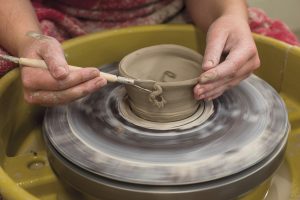This story was originally published in early May in “Grit,” the fourth issue of Talisman magazine.
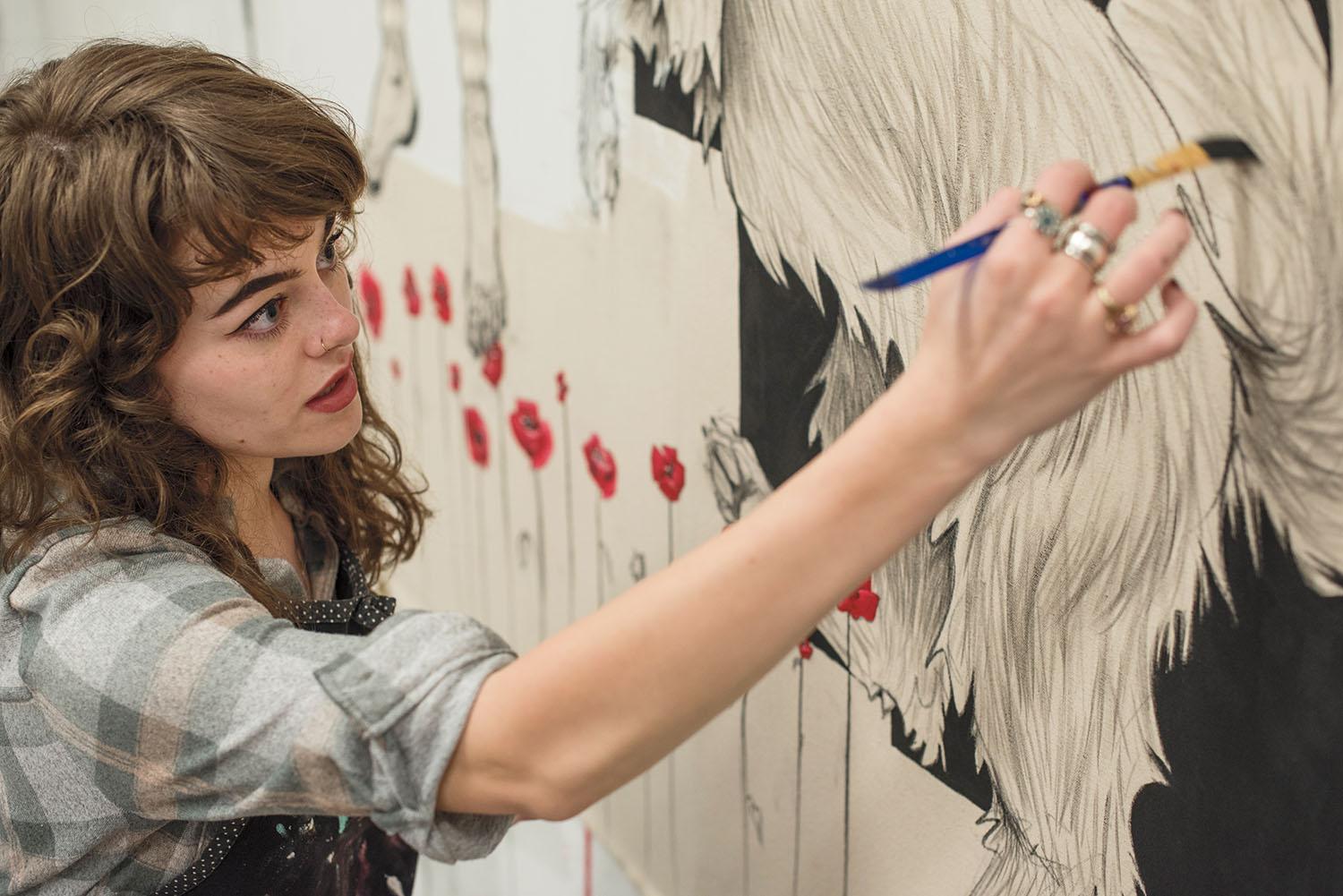
A masterpiece doesn’t happen overnight
If the clay is too thin, it will become brittle and shatter into pieces. If it’s too thick, the clay cannot dry properly, and the carefully constructed pottery will explode and break apart.
When it comes to ceramics, finding the perfect level of clay thickness is imperative, but it’s not the only difficulty artists encounter when working to perfect their craft.
Glasgow senior Christina Scott called the process of working with clay “unforgivable.” As a studio art major with a concentration in painting, she struggled with switching from one plane to a three-dimensional art piece.
Elizabethtown sophomore Bronwyn Liddle, who has a concentration in printmaking, felt similarly to Scott. She is currently enrolled in an introductory ceramics course and said working with three-dimensional art felt like she was using a different part of her brain.
The visual transition caused Scott and Liddle to dedicate countless hours to their art both inside and outside the classroom.
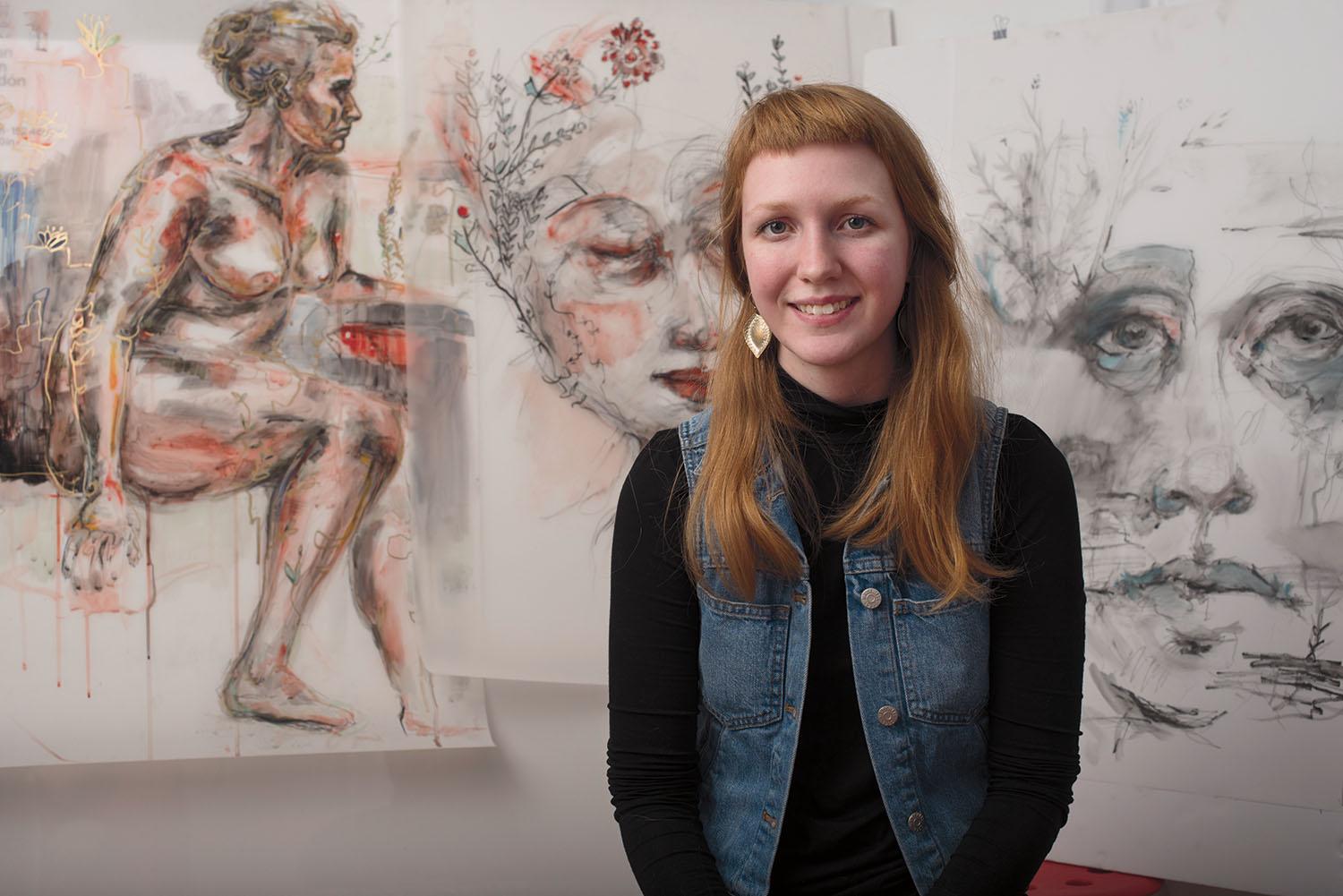
Nashville senior Elizabeth Chagnon, who studies art history and studio art, has also dedicated a great deal of time to ceramics. Calling the practice her “Achilles’ heel of the art department,” Chagnon said she felt as if she had a lot of catching up to do with her classmates.
Although her ceramics course only required 30 hours of practice outside of class, Chagnon ended up putting in 70 hours over the course of the semester in order to improve her skill.
Chagnon said taking control of the slippery material is important because without proper skill, the clay can go in different directions.
Working in ceramics takes physical strength to suitably handle the clay, and Chagnon joked that doing so gave her muscles.
However, the time put aside for practice isn’t exclusive to ceramics. In general, art majors must dedicate a large portion of their lives to honing their craft, Chagnon said.
“Art is not a 9-to-5 job, but you have to think of it that way,” she said. “A masterpiece does not happen overnight.”
While the materials used in ceramics might be difficult to handle, so is life as an art major, Liddle said.
“It surprises a lot of people that art is something that needs a lot: a lot of determination, a lot of patience and a lot of willingness to keep trying,” Liddle said.
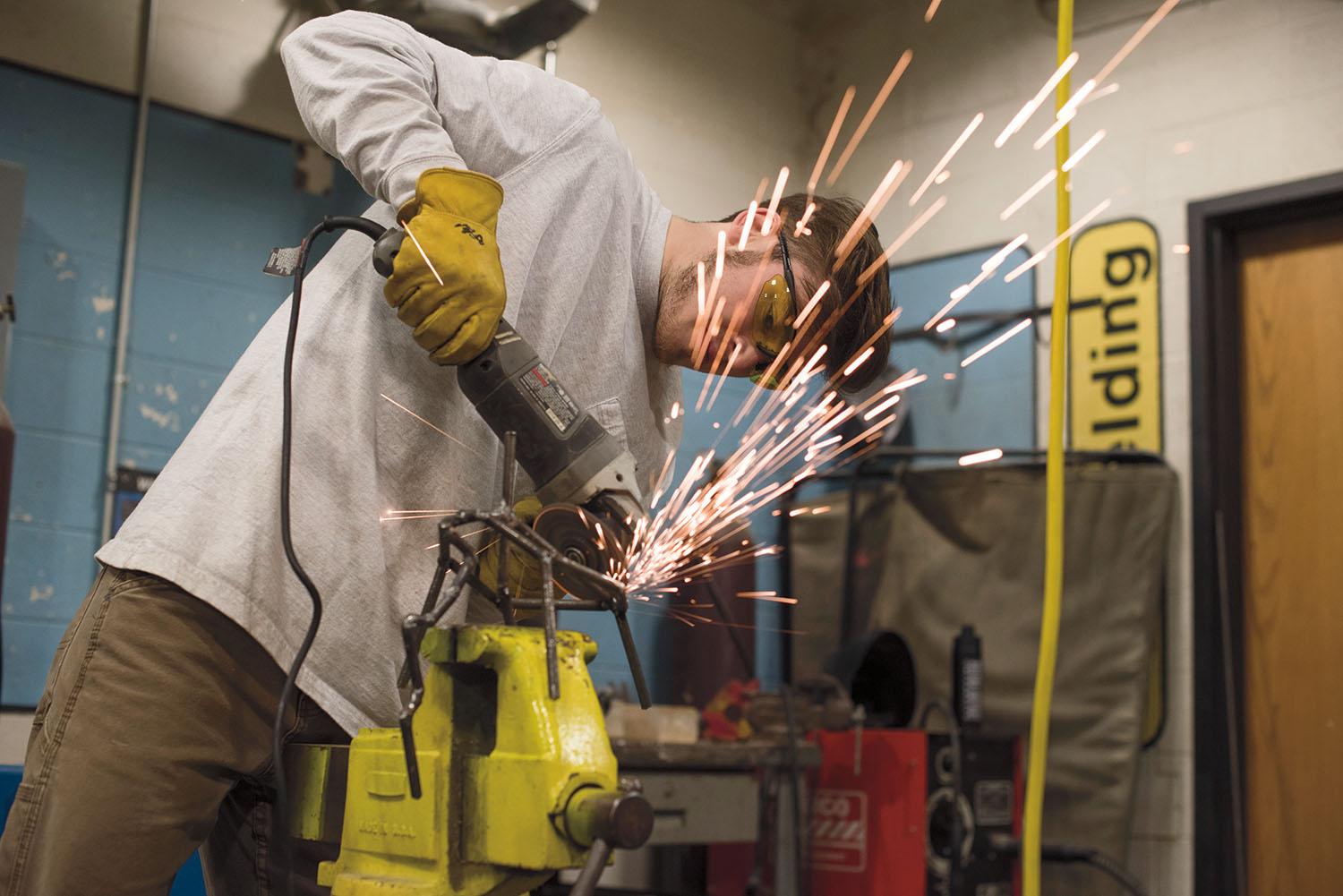
DEFENDING YOUR CRAFT
For many art majors who dedicate so much time to persevering through obstacles, it’s discouraging that recognition remains minimal. Liddle said that there’s a lack of appreciation for artists, and people often don’t want to pay for art.
The issue of money often remains one of the largest obstacles for artists before they even leave college.
For Scott, the knowledge that an art career isn’t always stable is a menacing thought, especially when considering the money needed to be able to provide for herself.
In fact, the concern over finances pushes many artists to deviate from their desires, Liddle said.
“I’ve seen a lot of people in my department who, at their core, really just want to be artists,” Liddle said. “They want to make art, sell it and have that be their life. I think people should be able to do that, which is why it makes me really sad that they are struggling over what kind of art-related ‘real’ job they can get.”
Liddle, who is minoring in psychology with the intention of going to graduate school for art therapy, said she considers herself fortunate. While she chose her particular career path in hopes of increased job security, she’s also passionate about art therapy.
However, she said this is not the case for many students. Liddle mentioned a friend majoring in art education who doesn’t want to teach but is doing so to be financially secure.
Liddle didn’t discount the significance of finances, but she said there’s more to art than a paycheck.
“It’s important to be able to feed yourself and have a house, but art is about something a little bit more than that,” Liddle said. “It takes a lot of courage to make the choice to tell the world ‘Look, I don’t need my entire world to be valued and graded by how much money I make. I want to be able to do what I love.’”
The notion that art isn’t a financially stable job can result in criticism of art majors. While Liddle said her family has been supportive in her career choices, this does not ring true for everyone.
“I don’t come from a family of artists,” Scott said. “They’re all into science. Going against the grain of your family — there’s something kind of gritty about that.”
Chagnon said that she has plenty of friends who claim they aren’t artists, but she thinks that’s only because the world has placed that thought into their minds.
Even though not everyone is an art major, Chagnon said she believes everyone is an artist.
“Everyone is creative — it’s just finding what that creativity looks like to them,” she said.
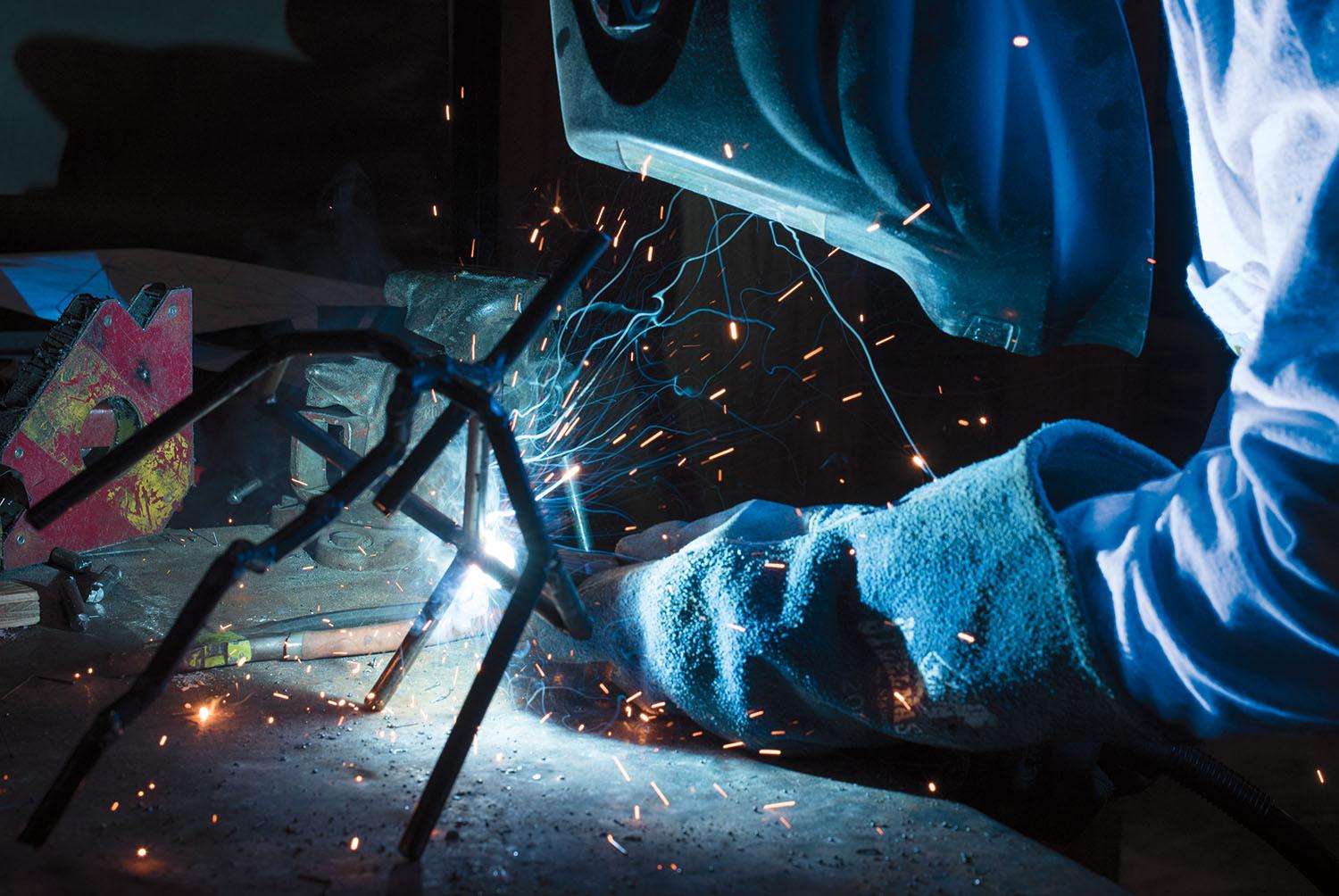
SUBJECTIVITY AND THERAPY: TWO SIDES OF THE SAME COIN
Liddle said art is a subjective field, and working hard doesn’t necessarily mean others will like the finished product.
Because art can be dependent on the opinions of others, finding confidence and acceptance is a feat in itself, and for many art students self-critique can become hazardous, Liddle said.
“It’s a common thing amongst people in creative and emotional fields that it’s sometimes difficult to feel good about yourself and feel confident in the work that you’re making,” Liddle said. “When things start going wrong or when you hit roadblocks, it can really make that feeling feel worse.”
Chagnon also said this was her “biggest obstacle,” and Scott said many artists are their own worst critic.
“Art has this way of helping you express something when you don’t have the words to say it.”
Bronwyn Liddle, Elizabethtown sophomore
Liddle said that artwork can be taxing both physically and mentally, but there is a therapeutic value to art that helps her cope with her struggles.
“For myself, and for a lot of people, art is a very personal thing that people use to overcome very personal struggles,” Liddle said. “I find it to be a really good way to stand up to your inner demons, to take those bad experiences or those things that you don’t like about yourself, and try to find a medium to face that and deal with it in a really healthy way.”
Liddle, who said that art “saved [her] life,” believes it offers a way to speak without words.
“Art has this way of helping you express something when you don’t have the words to say it,” Liddle said. “I want to be able to help people who have struggled and who have hurt make something beautiful out of it.”
Chagnon said art allows individuals to feel empathy and respect when they examine experiences with which they aren’t familiar. For Scott, art will always have an inherent value because it is a work of humanity.
“I find comfort in knowing that art is about human connection,” Scott said. “There will always be a value to it. Maybe not a monetary value, but a human value.”
From pottery to painting, art requires perseverance, but Scott said the passion many artists feel will triumph over the hardships.
“If you’re passionate about something, then follow it,” Scott said. “Devote your life to it, and do what makes you happy. If your family or other people aren’t happy with it, then that’s on them. Money isn’t everything.”
Despite the adversity that may come with a career in art, Scott said it’s important to stick with it.
“Create,” Scott said. “Just create.”
